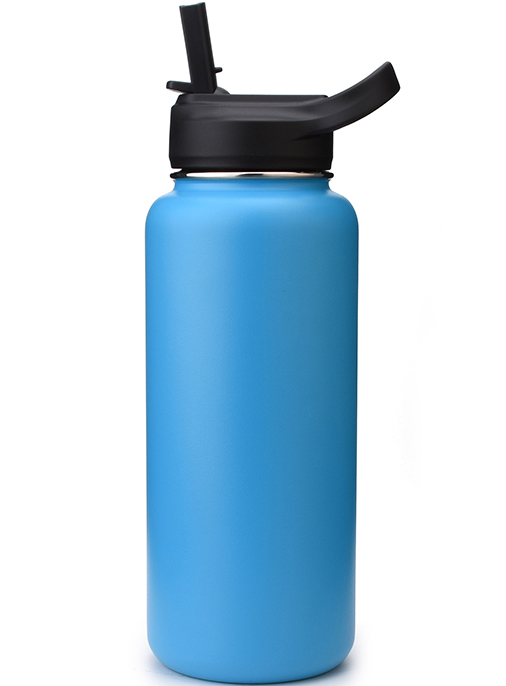Manufacturing an insulated tumbler is a highly technical, multi-step process that involves precision engineering, high-quality materials, and advanced production techniques to ensure the final product delivers superior thermal retention, durability, and aesthetic appeal. Fore details, please click: Manufacturing Process of Vacuum Insulated Stainless Steel Tumblers
- Material Selection
The manufacturing journey begins with the selection of premium-grade 304 stainless steel (also known as 18/8 stainless steel). This type of steel is favored due to its excellent resistance to rust and corrosion, its food-safe properties, and its durability under various environmental conditions. The steel is typically used for both the inner and outer layers of the tumbler.
- Sheet Metal Forming
Once the raw materials are selected, the next step involves sheet metal forming. Large sheets of stainless steel are cut into the appropriate size and then molded into cylindrical shapes using hydraulic presses.
- Vacuum Insulation Technology
After forming the inner and outer walls of the tumbler, these two stainless steel layers are welded together at the top rim. Using highly specialized machinery, a vacuum is created between the walls by evacuating all air. This vacuum acts as a barrier, significantly reducing the transfer of heat through conduction and convection. As a result, hot beverages stay hot and cold beverages remain cold for extended periods.
- Surface Finishing and Treatment
Once the vacuum insulation and welding are complete, the tumbler undergoes a series of surface treatments. Polishing is done to smooth out any rough edges and improve the overall appearance of the tumbler. Some tumblers may receive an additional surface coating, such as powder coating or electroplating, depending on the desired aesthetic and functional properties.
- Lid and Gasket Manufacturing
KingStar’s most tumblers feature a lid made from BPA-free plastic, designed for durability and ease of use. The lid may also incorporate silicone gaskets to create an airtight seal, preventing leaks and ensuring maximum temperature retention.
- Assembly and Quality Testing
Before the tumbler is shipped out, it undergoes final assembly. The lid is fitted, and any additional components, such as silicone bases or handles, are attached. Once assembled, the tumbler goes through rigorous quality control tests. This includes testing the insulation performance (how long it can keep beverages hot or cold), leak-proof properties, and overall durability.






